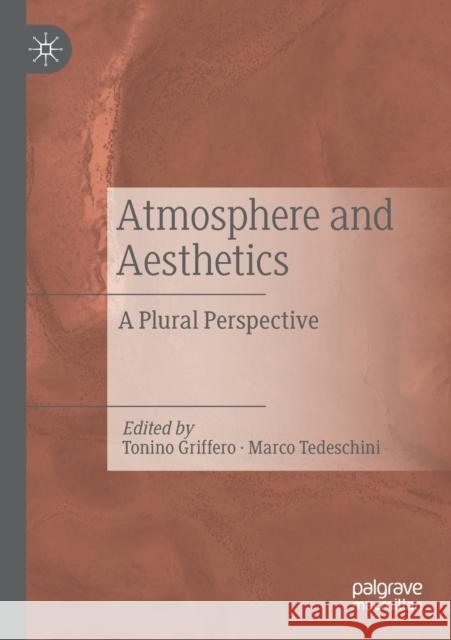Atmosphere and Aesthetics: A Plural Perspective » książka
topmenu
Atmosphere and Aesthetics: A Plural Perspective
ISBN-13: 9783030249441 / Angielski / Miękka / 2020 / 342 str.
Atmosphere and Aesthetics: A Plural Perspective
ISBN-13: 9783030249441 / Angielski / Miękka / 2020 / 342 str.
cena 403,47
(netto: 384,26 VAT: 5%)
Najniższa cena z 30 dni: 346,96
(netto: 384,26 VAT: 5%)
Najniższa cena z 30 dni: 346,96
Termin realizacji zamówienia:
ok. 22 dni roboczych.
ok. 22 dni roboczych.
Darmowa dostawa!
Kategorie BISAC:
Wydawca:
Palgrave MacMillan
Język:
Angielski
ISBN-13:
9783030249441
Rok wydania:
2020
Wydanie:
2019
Ilość stron:
342
Waga:
0.43 kg
Wymiary:
21.01 x 14.81 x 1.91
Oprawa:
Miękka
Wolumenów:
01
Dodatkowe informacje:
Wydanie ilustrowane











